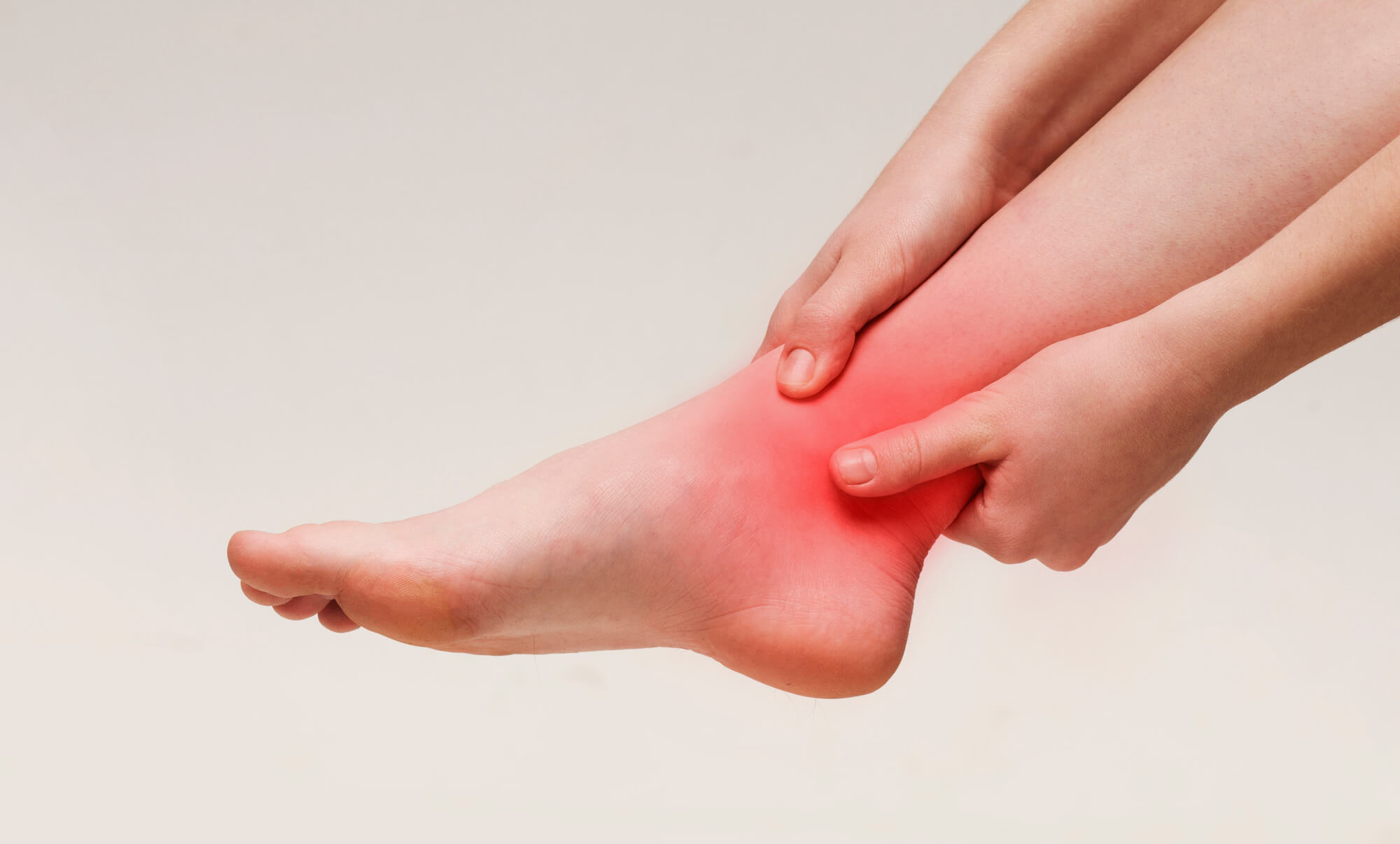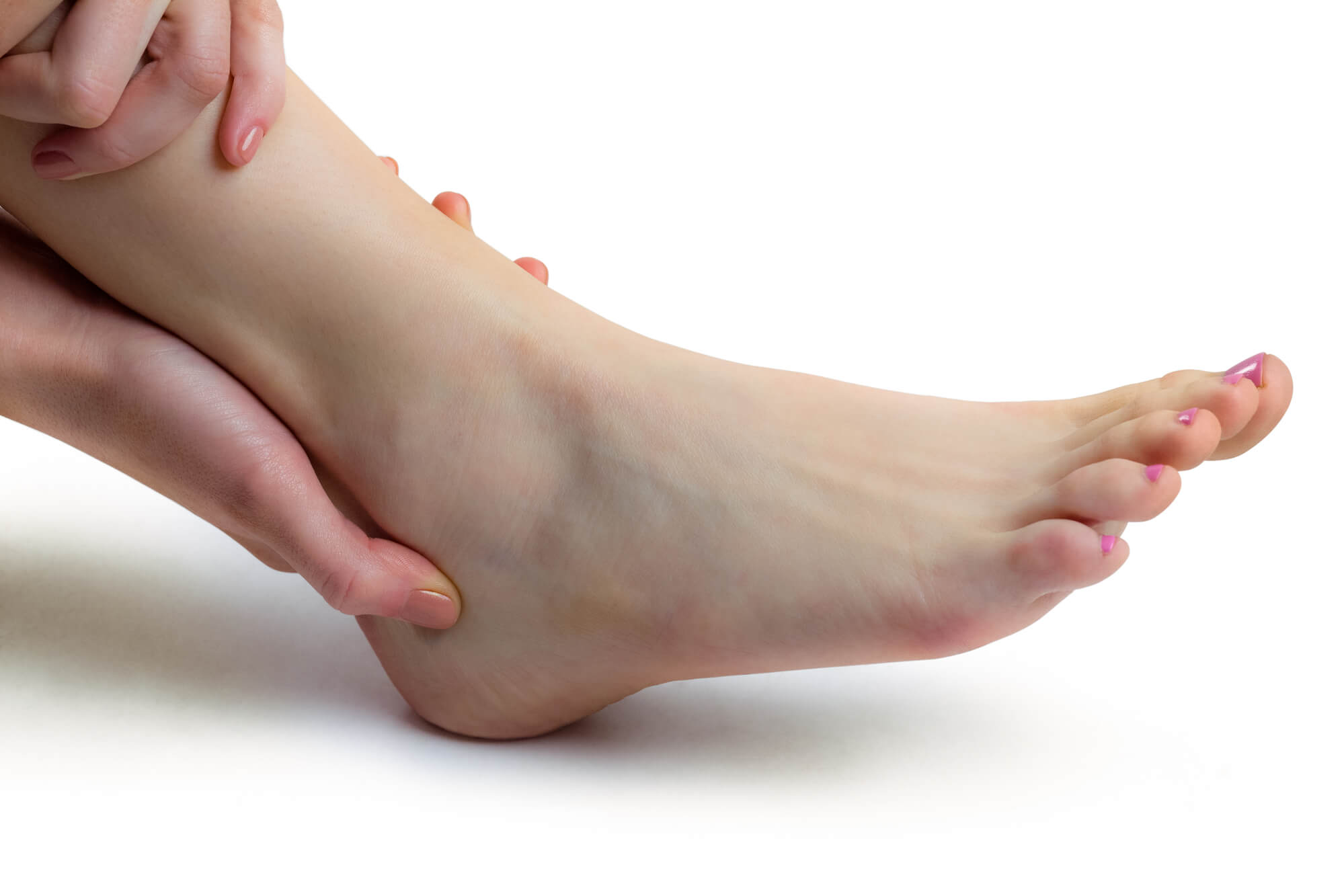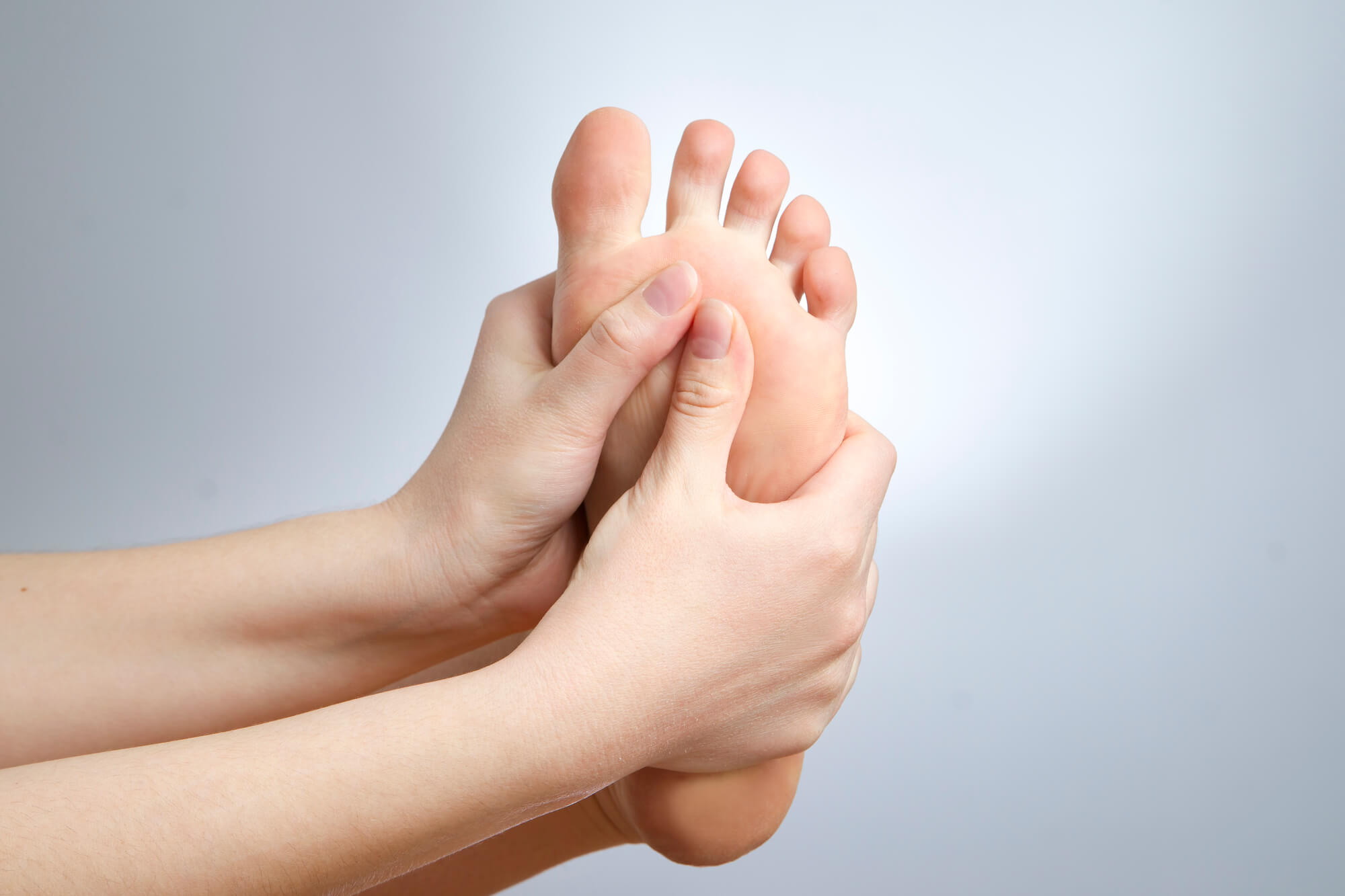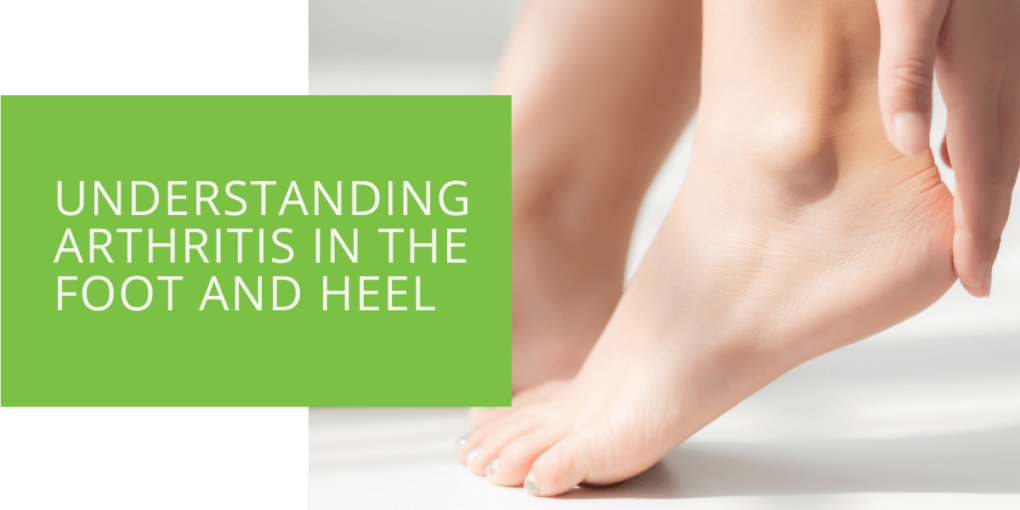Understanding Arthritis in the Foot and Heel
If you're experiencing pain and discomfort in your foot or heel, you may wonder if it could be a sign of arthritis. Arthritis is a common condition that causes inflammation and stiffness in the joints, and it can affect any joint in the body, including those in the feet and ankles. This article will dive into arthritis in the foot and heel, including its causes, symptoms, and treatment options. We'll also discuss managing this condition and maintaining a healthy lifestyle.
What Is Arthritis?
Arthritis is a term used to describe a group of diseases that cause inflammation in the joints. There are over 100 different types of arthritis, but the two most common are osteoarthritis and rheumatoid arthritis.
Osteoarthritis, also known as "degenerative joint disease," is the most common type of arthritis. It occurs when the cartilage cushions the ends of bones and wears down over time, leading to bone-on-bone contact and pain. Osteoarthritis can affect any joint, including the feet and ankles. It is more likely to occur in older adults but can also be caused by previous injuries or overexertion.
Rheumatoid arthritis is an autoimmune disease that causes inflammation in the joints. It occurs when the immune system mistakenly attacks the lining of the joints, leading to swelling, stiffness, and pain. Rheumatoid arthritis can affect multiple joints in the body, including those in the feet and ankles. It typically develops in middle-aged adults and is more common in women.

Symptoms of Arthritis in The Foot and Heel
The symptoms of arthritis in the foot and heel can vary depending on the type and severity of the condition. Common symptoms include:
- Pain and stiffness: The most common symptom of arthritis in the foot and heel is pain and stiffness in the affected joint. The pain may be mild or severe and worse with activity or after inactivity. The stiffness may make it difficult to move the joint or walk comfortably.
- Swelling and redness: Arthritis in the foot and heel may cause swelling and redness in the affected joint. The swelling may be accompanied by warmth to the touch, making the joint appear larger than normal.
- Difficulty walking or standing for long periods: If the arthritis is severe, it may be difficult to walk or stand for long periods. This can make it challenging to perform daily activities or exercise.
Causes of Arthritis in The Foot and Heel
Several factors can increase the risk of arthritis in the foot and heel. These include:
- Age and genetics: As we age, the likelihood of developing osteoarthritis increases. Genetics may also play a role in the development of this condition.
- Previous injuries or overexertion: Previous injuries or overexertion of the joints in the feet and ankles may increase the risk of developing osteoarthritis.
- Obesity and other underlying health conditions: Obesity can increase the stress on the joints in the feet and ankles, leading to the development of osteoarthritis. Other underlying health conditions, such as diabetes, can also increase the risk of developing this condition.

Diagnosis and Treatment Options
If you suspect that you may have arthritis in the foot and heel, it's important to see a healthcare professional for a proper diagnosis. A podiatrist or foot and ankle specialist is the best type of healthcare professional to see for this condition. They can evaluate your symptoms, examine your foot and ankle, and possibly order imaging tests, such as X-rays, to confirm the diagnosis.
Once a diagnosis has been made, the treatment plan will depend on the severity of the condition. Non-surgical treatments may include physical therapy, pain medication, and injections to reduce inflammation. These treatments can help to reduce pain and improve mobility.
If the arthritis is more severe and non-surgical treatments are ineffective, surgical options may be considered. These may include joint replacement surgery, which involves replacing the affected joint with an artificial one, or joint fusion surgery, which involves fusing the affected joint to improve stability and reduce pain.

Coping with Arthritis in The Foot and Heel
Living with arthritis in the foot and heel can be challenging, but there are ways to manage the condition and maintain a healthy, active lifestyle. Some tips for coping with this condition include:
- Seeking support from healthcare professionals: Working with a podiatrist or other foot and ankle specialist can help manage your condition and keep you on track with your treatment plan.
- Staying active: Although it may be tempting to rest and avoid activity when you're in pain, staying active is important to maintain joint mobility and prevent further deterioration. Your healthcare professional can recommend appropriate exercises and activities.
- Maintaining a healthy weight: Carrying excess weight can put additional stress on the joints in the feet and ankles, leading to increased pain and discomfort. Maintaining a healthy weight through diet and exercise can help to reduce the burden on these joints.
- Seeking support from loved ones: Coping with a chronic condition like arthritis can be emotionally challenging. It's important to have a support system for loved ones who can provide emotional support and help with tasks when necessary.
Conclusion
Arthritis in the foot and heel can cause pain, stiffness, and difficulty walking. It's important to see a healthcare professional, such as a podiatrist, for a proper diagnosis and treatment plan. Non-surgical treatments, such as physical therapy and pain medication, may effectively manage the condition. Surgical options, such as joint replacement or fusion, may be necessary in more severe cases. It's also important to stay active and maintain a healthy weight to help manage the condition and prevent further deterioration. Seeking support from healthcare professionals and loved ones can also help cope with the challenges of living with arthritis in the foot and heel.

